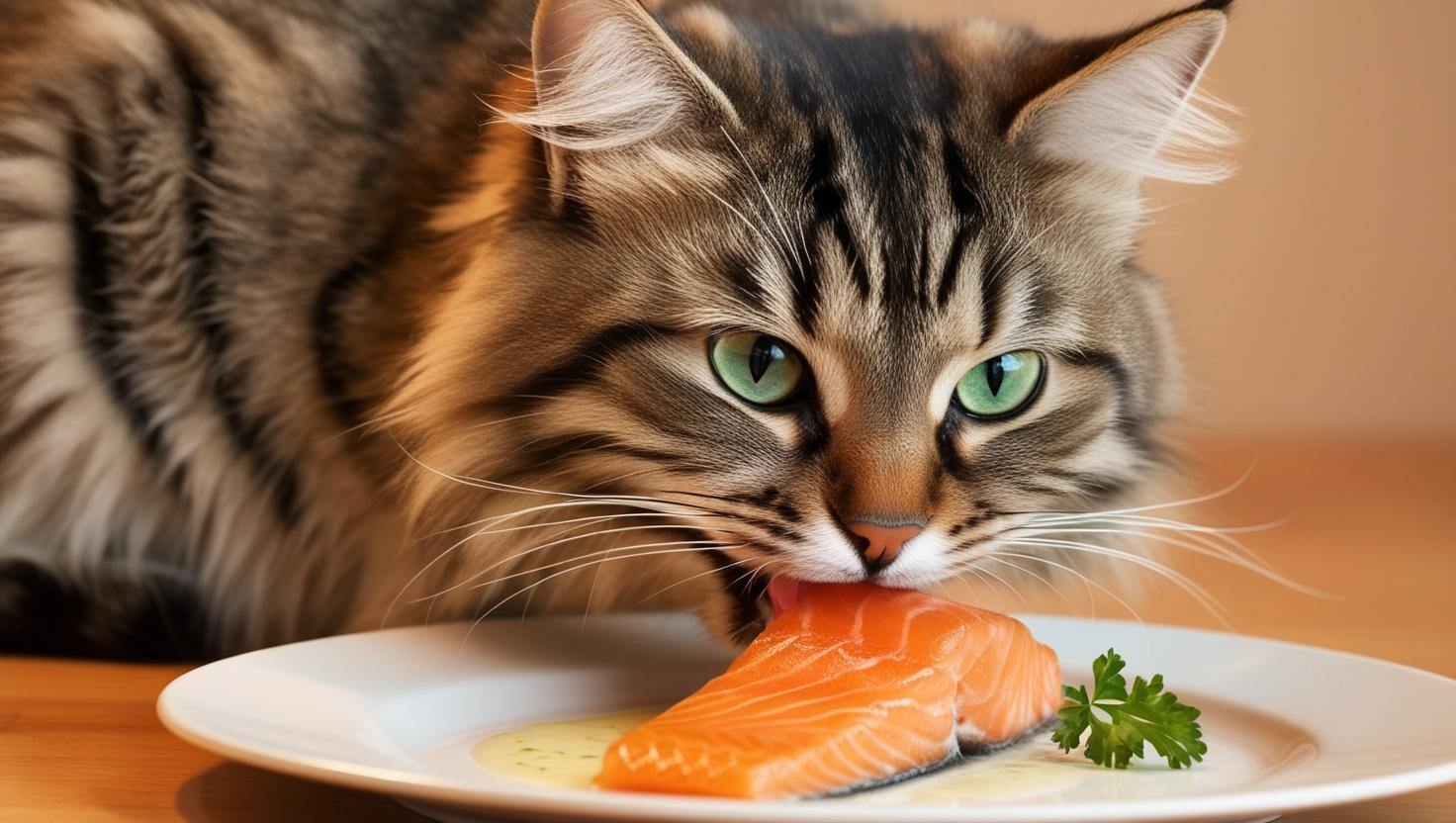How to Choose the Best Cat Food: A Complete Guide for Feline Health & Nutrition

Choosing the right pet food for your cat is crucial to ensuring their overall health and well-being. With a plethora of options available on the market, from dry kibble to wet food and specialized diets, it can be overwhelming for pet owners to make the best choice. Factors such as age, weight, activity level, and any specific health concerns play a significant role in determining the ideal diet for your feline friend. Understanding the nutritional needs of cats and how to read food labels can empower you to select a diet that not only satisfies their taste buds but also supports their long-term health. In this article, we’ll explore the essential components of cat nutrition, tips for selecting high-quality pet food, and how to transition your cat to a new diet effectively.
Cats are famously known as picky eaters, leaving many pet parents scratching their heads as they navigate the maze of cat food options available. With a seemingly endless array of brands, flavors, and formulations on the market, choosing the right food for your discerning feline can be a daunting task. This challenge is compounded by the fact that cats have unique nutritional needs that vary based on their age, weight, activity level, and health status. Understanding these factors is crucial for making an informed decision that supports your cat's overall well-being.
Cats possess unique nutrient requirements specific to their species. To maintain optimal health, they need defined levels of fatty acids, amino acids, vitamins, and minerals.
One of the most critical nutritional facts for cat owners is that cats are obligate carnivores. This means they must consume animal products to meet essential nutrient needs, such as taurine and arachidonic acid. Additionally, cats require a significantly higher protein intake compared to dogs, as their bodies rely heavily on protein for energy and overall well-being.
The most crucial ingredient to look for on a cat food nutrition label is a quality protein source, which should be one of the first ingredients listed. Ideally, the protein should be specifically identified, such as “chicken” or “salmon.”
A cat's nutritional needs evolve throughout their life, so it's essential to choose a diet that aligns with their specific life stage.
When selecting cat food, look for labels indicating whether the food is complete and balanced for growth and reproduction (for pregnant or nursing cats), adult maintenance, or suitable for all life stages. Feeding a diet designed for adults to kittens will not provide the necessary nutrients for their growth, while giving kitten food to an adult cat can lead to obesity.
For senior cats, there are no definitive guidelines regarding their nutritional requirements. However, older cats typically experience reduced activity levels and slower metabolism, which can increase their risk of weight gain. Many senior formulas offer higher protein content to support muscle maintenance, but it’s important to note that specific nutritional needs for seniors are not established. Senior cats should be fed food formulated for adult cats or suitable for all life stages to ensure they receive adequate nutrition.
Your cat's health conditions significantly influence their dietary requirements, and many chronic issues can be managed in part through proper nutrition.
Certain health concerns necessitate specialized cat food formulations. Common conditions that may require tailored diets include food allergies, kidney disease, urinary tract disorders, and diabetes. Ensuring that your cat receives the appropriate diet can play a crucial role in managing these health issues effectively.




